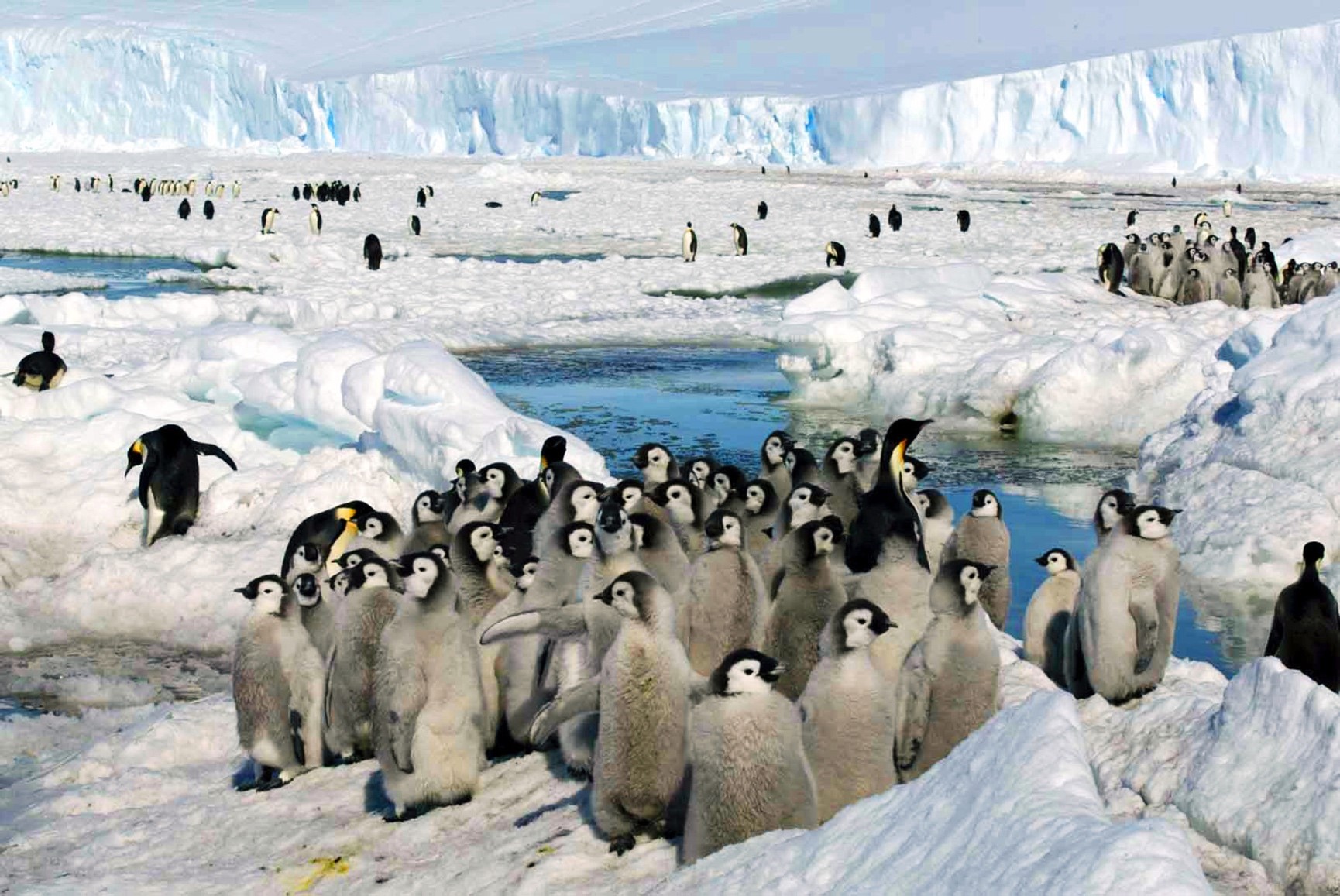





Disclaimer: Copyright infringement not intended.
Context
Details
Details of the Event
Life Cycle of Emperor Penguins
Dependence on Stable Sea Ice
Impact of Climate Change
Scope of Impact
Emperor Penguins
Physical Characteristics
Size: Emperor penguins are the tallest and heaviest of all penguin species. Adults typically stand about 1.1 meters (3 feet 7 inches) tall and can weigh between 20 to 40 kilograms (44 to 88 pounds).
Coloration: They have a distinctive black and white coloration. Their back, head, and flippers are black, while their belly is white.
Adaptations: Emperor penguins have several adaptations to survive in the extreme cold of Antarctica, including a thick layer of blubber for insulation and a dense coat of feathers that traps a layer of warm air close to their bodies.
Behavior and Life Cycle
Breeding: Emperor penguins have a unique breeding strategy. They breed during the harsh Antarctic winter when temperatures can drop as low as -40°C (-40°F). They form large colonies on the ice, where males incubate the eggs on their feet, transferring them between their brood pouch and their partner. Females return after about two months of foraging in the ocean to take over care of the chick.
Parental Care: Emperor penguins are known for their exceptional parental care. Males fast for around 65 days while incubating the egg, relying on their fat reserves. Once the chicks hatch, both parents take turns feeding and keeping the chicks warm in the brood pouches.
Chick Rearing: The chicks are kept in a crèche, a group of chicks huddled together for warmth and protection, while the parents go out to sea to feed. This communal arrangement helps them survive the harsh conditions.
Feeding: Emperor penguins primarily feed on fish, krill, and squid, diving to incredible depths—sometimes exceeding 500 meters (1,640 feet)—to catch their prey. They can hold their breath for up to 20 minutes during these dives.
Conservation Status
Conclusion
The tragic loss of thousands of Emperor penguin chicks serves as an alarming reminder that climate change has tangible and immediate consequences. This incident underscores the urgent need for global action to mitigate climate change's impact and protect vulnerable species from further devastation.
|
PRACTICE QUESTION Q. Which penguin species exhibits a unique breeding strategy by incubating eggs on the feet and practices communal chick rearing in the harsh Antarctic environment? A) King Penguin B) Adélie Penguin C) Emperor Penguin D) Gentoo Penguin Answer:c C) Emperor Penguin |







© 2025 iasgyan. All right reserved